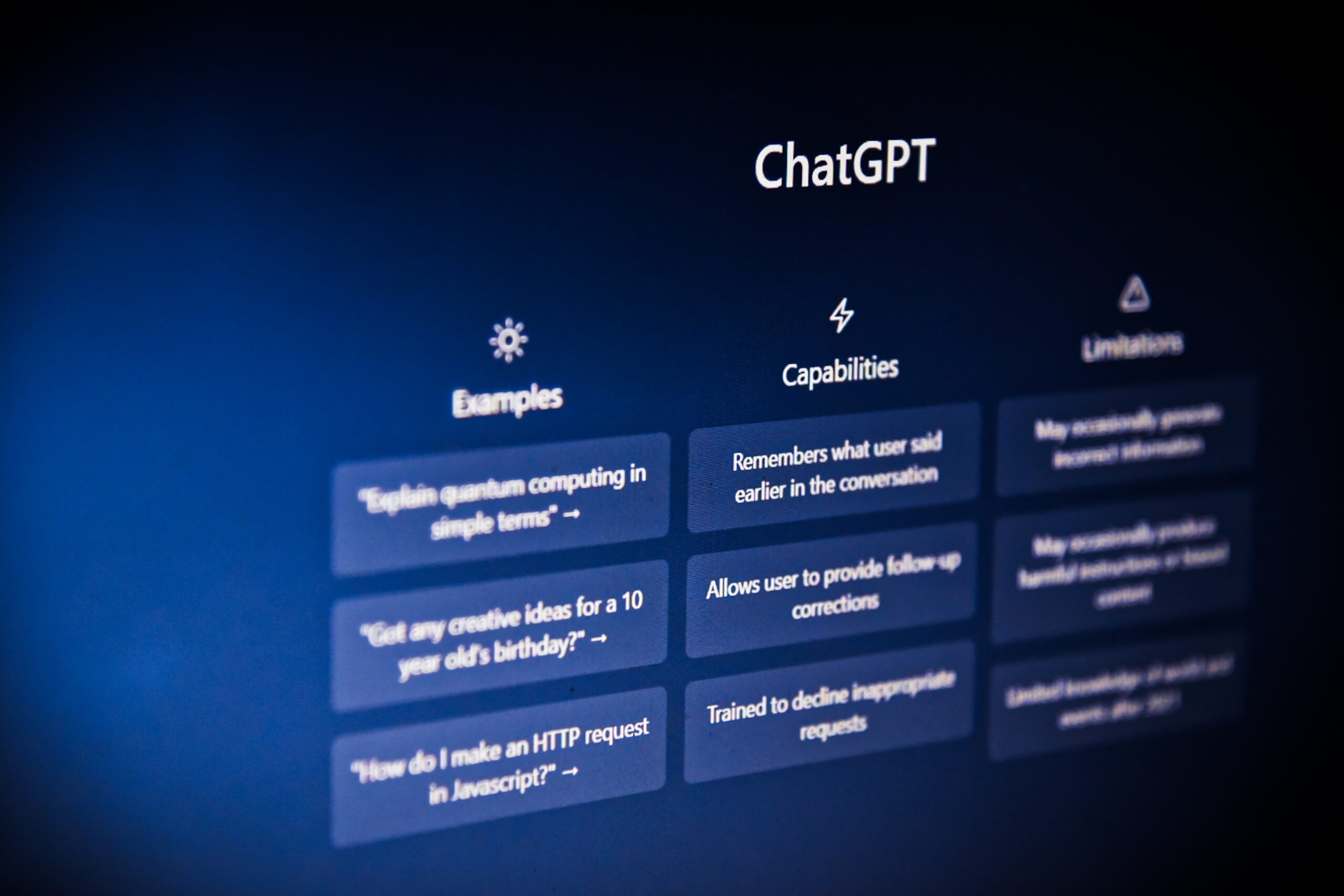Introduction
Undertaking a PhD is an arduous yet rewarding journey, a significant part of which involves sharing your work with the wider academic community. Publishing in research journals serves a dual purpose: it allows you to contribute valuable findings to your field while establishing your reputation as a researcher. This article aims to highlight the importance of journal publication during your PhD voyage, highlighting its role in enhancing scholarly recognition, promoting collaborative opportunities, and paving the way for a prosperous academic career.
The Role of Publishing in a PhD Journey
Publishing in research journals during your PhD journey significantly enhances your understanding and knowledge within your field. Preparing your research for publication necessitates an in-depth review of existing literature, leading to a broader comprehension of the subject matter. This thorough examination allows you to identify gaps in current knowledge, further fuelling your research pursuits. Additionally, the peer-review process that precedes publication serves as a rigorous quality check, providing valuable feedback to refine your work and augment your expertise within your discipline.
Simultaneously, journal publications contribute substantially to your academic reputation and credibility. Your published work is a testament to your research skills, originality, and commitment to advancing knowledge within your field. As your findings become accessible to a global academic audience, you establish yourself as a thought leader in your discipline. The exposure of a thought leader to heightened visibility often leads to collaborative opportunities, inviting discussions and feedback from fellow researchers worldwide, further bolsters your scholarly standing.
Benefits of Publishing as a PhD Student
Beyond the intrinsic value of contributing to your field’s knowledge, publishing as a PhD student helps establish your authority within your domain. As you publish your research findings in journals, you demonstrate your ability to conduct robust and valuable research and articulate and present this knowledge effectively. This academic rigor and articulacy are highly esteemed within the scholarly community and often set the groundwork for recognition as an expert in your field.

Furthermore, publishing your work opens up a wealth of networking opportunities. As your work reaches a wider audience, you will likely attract the attention of other researchers in your field. The increased visibility can lead to constructive discussions, potential research collaborations, invitations to conferences or seminars, and a generally richer academic experience. Each publication is a means to engage with your academic community, fostering connections that can drive both personal and professional growth.
Lastly, published works significantly enhance your academic portfolio, increasing your chances of securing future academic positions or research grants. Academic institutions and funding bodies often view published works as tangible evidence of scholarly ability and potential. As you amass published articles, you demonstrate your aptitude for high-quality research and show your dedication and perseverance – highly valued in academia. Therefore, by publishing during your PhD journey, you’re not just sharing your current work but also laying a strong foundation for your future academic endeavors.
My Personal Experience with Publishing
My journey of publishing in research journals during my PhD was both challenging and enriching. When I started, I was overwhelmed by the vast amount of existing literature and unsure how my work could add value to this crowded field. On numerous occasions, I doubted my capabilities, grappling with the nuances of my research and its implications. However, these struggles ultimately formed a crucial part of my academic growth. Throughout the process, I learned to critically evaluate my research, refine my hypotheses, and improve my writing skills. The road was steep, but every step was worth the effort.
The peer-review process was another significant hurdle. Receiving constructive criticism for my work was initially hard to accept; however, I soon recognized its value. The feedback provided by experienced peers in my field helped me identify gaps in my research and present my findings more convincingly. I learned to view the peer-review process as an opportunity for growth and improvement rather than an obstacle. This perspective greatly improved my outlook and bolstered my confidence in my research abilities.
Reflecting on my experience of publishing in research journals, the benefits of publishing during my PhD journey were manifold. Not only did it reinforce my understanding of my research field, but it also helped me develop crucial skills such as critical thinking, academic writing, and resilience in the face of criticism. Moreover, writing the papers and conducting research prepared me for my dissertations as I was familiar with the topic, research methodology, and academic writing. It was a challenging process, fraught with periods of self-doubt and frustration, but the rewards it yielded – personal growth, academic recognition, and career prospects – made the journey worthwhile.
How to Get Started with Publishing
Choosing the Right Journal for Your Research
Selecting an appropriate journal for your research is a crucial first step in publication. It requires a thorough understanding of your study’s domain, its intended audience, and the potential impact of your findings. Start by identifying journals that align with your research field. Also, consider the geographical reach of the journal, its impact factor, and readership. These factors can influence the visibility and impact of your publication. It’s advisable to shortlist several potential journals and review their guidelines for authors to ensure your research aligns with their scope.
Understanding the Submission Process
Understanding the submission process of your chosen journal is essential to avoid delays or rejections. Most journals provide a detailed submission guide for authors on their website, outlining their specific requirements regarding the manuscript format, citation style, and other details such as conflict of interest declarations, ethics approval for studies involving human or animal subjects, and copyright information. Familiarizing yourself with these guidelines will ensure your manuscript aligns with the journal’s expectations and increases the chances of a smooth review process.
Tips for Writing a High-Quality Research Paper
Writing a high-quality research paper requires clear communication of your research aims, methodology, results, and conclusions. Here are a few tips to help you craft an effective manuscript. First, pay attention to your paper’s structure – every research paper should have a clear introduction, methodology, results, discussion, and conclusion sections. Second, use concise, clear language and avoid jargon to make your paper accessible to a wide readership. Third, ensure your research methodology is articulated; this enhances the reproducibility of your study. Lastly, do not underestimate the importance of a well-written abstract and compelling title; these elements often determine whether readers will delve into the rest of your paper.
The Link Between Publishing and Dissertation

Publishing academic articles during your PhD can significantly enhance your dissertation. Firstly, each published paper can form a solid, self-contained chapter within your dissertation, showcasing your ability to conduct thorough and self-contained research. This not only strengthens the content of your dissertation but also demonstrates your capability to contribute to your field of expertise in a significant way. Furthermore, refining your research for publication can also aid in honing your arguments, methodologies, and conclusions, which can then be carried over to your dissertation. The feedback received during the peer-review process can provide valuable insights that can be applied to your dissertation, thereby increasing its overall quality and impact.
Integrating published articles into your dissertation requires careful planning and structure. Each article should function as a standalone chapter yet still contribute towards your dissertation’s overarching narrative or argument. Begin by outlining the central thesis of your dissertation, and then determine how each article fits within this framework. You might need to reformat or adjust parts of your articles to ensure they align with your dissertation’s style and structure. Remember to include transitional sections that provide context for each article and explain how it contributes to your overall argument. Essentially, your published articles should be thoughtfully woven into the fabric of your dissertation, creating a cohesive and unified piece of academic work.
Presenting at Conferences: A Complementary Strategy
Presenting your research at academic conferences is a crucial and complementary strategy to publishing. It provides an excellent platform for academics to share their work, get feedback, and network with scholars in their field. Presenting your research findings in a conference exposes your work to a broader audience, which can lead to constructive feedback, collaborations, and even publishing opportunities. A well-received presentation can pique the interest of journal editors and reviewers present at the conference, opening doors for potential publication.
Moreover, presenting at conferences helps you succinctly refine and articulate your research, a skill integral to academic writing. The feedback and discussions generated during these presentations can inform revisions to your work, enhancing its quality before submission for publication. Additionally, conferences often lead to opportunities for collaboration, where shared interests or complementary research may result in joint articles for publication. Hence, while publishing is a great strategy for academic growth, complementing it with conference presentations ensures a broader reach and diversified avenues for academic progression.
Conclusion
In conclusion, while challenging, the journey to publishing in research journals as a PhD student is a transformative and rewarding venture. A key part of this journey is choosing the right journal for your research, understanding the submission process, and crafting a high-quality research paper. Furthermore, integrating your published articles into your dissertation can greatly enhance its quality and impact, while presenting your work at conferences can open more doors and provide valuable feedback. The process fortifies your dissertation and establishes you as a credible researcher within your field. It builds skills beyond your PhD – the ability to communicate effectively, collaborate with others, and contribute to your field meaningfully. So, to all current and potential PhD students, embrace the world of academic publishing. It is a journey well worth undertaking, enriching your academic career and your individual growth as a scholar.













